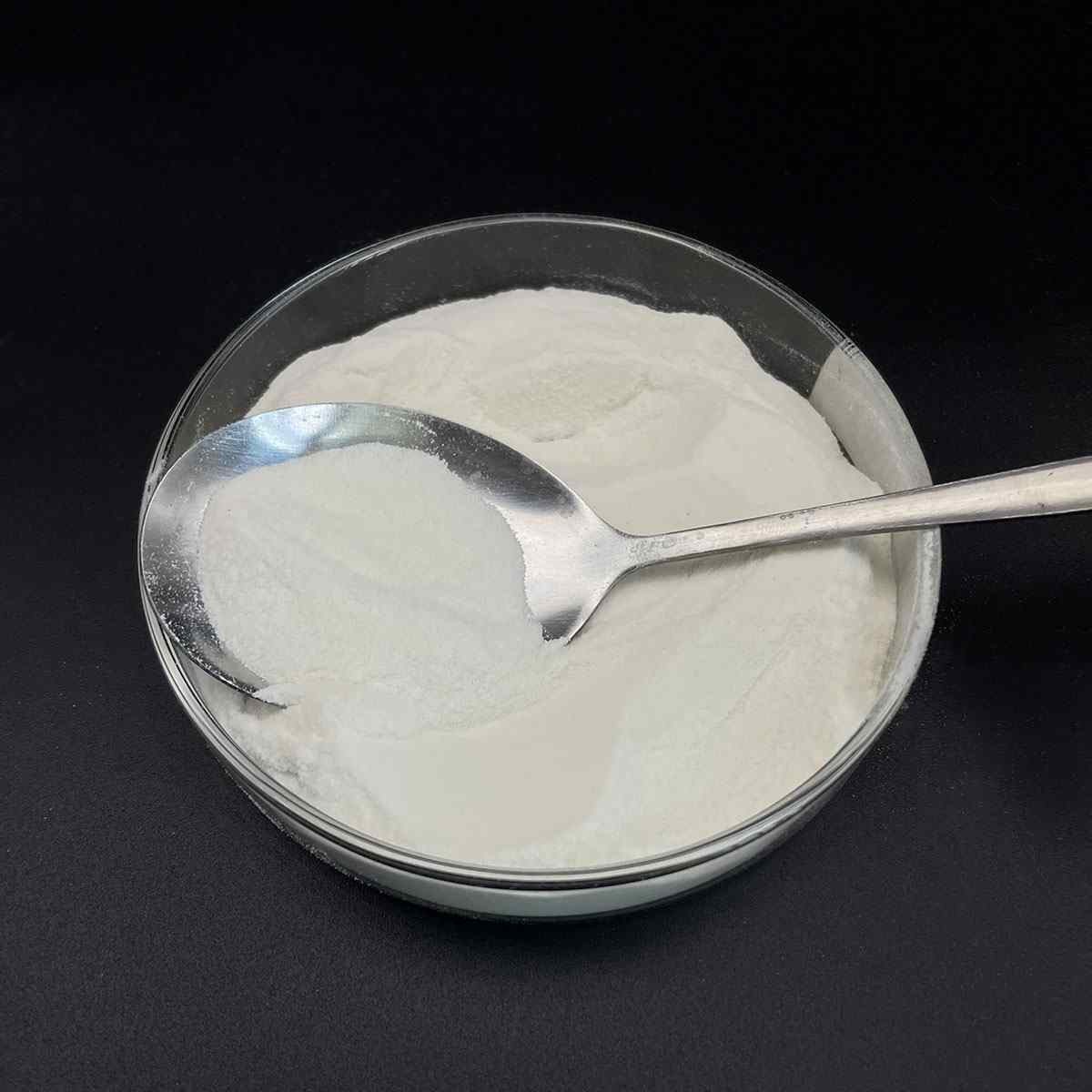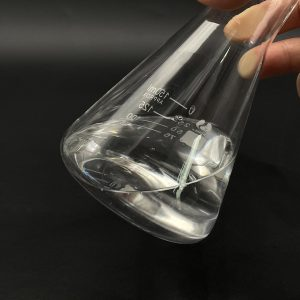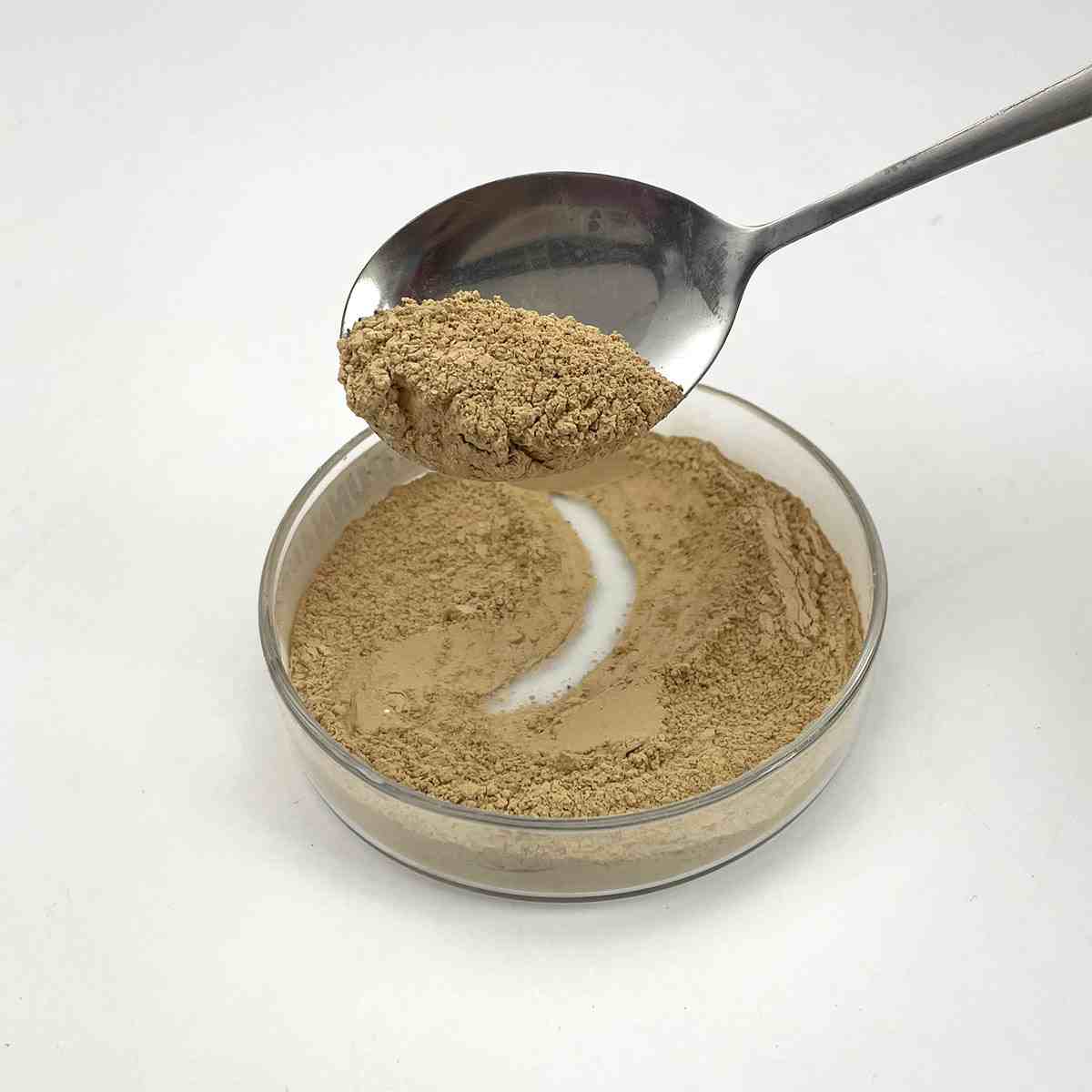1. Introduction
Just 24 hours ago, a major skincare brand announced a full reformulation of its best-selling facial cleanser to remove sodium lauryl sulfate (SLS) in response to growing consumer demand for gentler, sulfate-free options. This move reflects a broader industry shift toward milder surfactants that clean effectively without stripping natural oils or causing irritation—especially for sensitive skin.

If you’ve ever experienced dryness, redness, or stinging after using shampoos, toothpastes, or body washes, sodium lauryl sulfate might be the culprit. But don’t worry—replacing or avoiding it is easier than you think. This guide walks you through practical steps to identify SLS, understand its alternatives, and make smarter choices for your health and the environment.
2. What Is Sodium Lauryl Sulfate—and Why Replace It?
Sodium lauryl sulfate (also called sodium dodecyl sulfate, natrium lauryl sulfate, or sls sodium lauryl sulfate) is a powerful anionic surfactant. The meaning of surfactant? It’s a compound that lowers surface tension, helping water mix with oil and dirt so they rinse away easily.
While effective, SLS can be harsh. It’s known to disrupt the skin barrier, cause irritation, and even trigger contact dermatitis in some people. That’s why many now seek gentler options like amphoteric or non-ionic surfactants.
3. How to Spot SLS on Ingredient Labels
SLS hides under many names. Check for these on product labels:
- sodium lauryl sulfate
- sls sodium
- na lauryl sulfate
- sodium dodecyl sulfate
- ammonium lauryl sulfate (a close relative)
- ammonium dodecyl sulfate
Also watch for sodium laureth sulfate (sometimes listed as sodium lauryl ether sulfate, sodium lauryl ether sulphate, sls sodium laureth sulfate, laureth sulphate, or sulphate laureth sulfate). Though milder than SLS, it’s still a sulfate-based anionic surfactant and may contain trace impurities like 1,4-dioxane.
4. Step-by-Step: Replace SLS in DIY Formulations
Making your own shampoo, body wash, or cleaning spray? Swap SLS with safer, effective alternatives.

Step 1: Choose a primary surfactant. For gentle cleansing, use:
- decyl glucoside or coco glucoside (non-ionic, bio surfactants derived from coconut and glucose)
- sodium cocoyl isethionate or sodium coco sulfate (mild anionic surfactants)
- sodium lauroyl sarcosinate or lauroyl sarcosinate (foaming but non-irritating)
Step 2: Add a foam booster or co-surfactant for richness:
- cocamidopropyl betaine (also called coco betaine, amidopropyl betaine, or coco amido propyl betaine)
- sodium lauroyl methyl isethionate
Step 3: Avoid mixing incompatible types. Remember: anionic and cationic surfactants (like cetyl trimethyl ammonium bromide or cetyltrimethylammonium bromide) can neutralize each other. Stick to anionic + amphoteric or non-ionic blends.
5. Common Problems and Solutions
Problem: My sulfate-free shampoo doesn’t lather well.
Solution: Combine two surfactants. For example, pair decyl glucoside (nonionic surfactant) with cocamidopropyl betaine (amphoteric). This boosts foam without SLS.
Problem: I need a surfactant for herbicides or lawn care.

Solution: Use a nonionic surfactant like polysorbate 80, Span80, or a lawn wetting agent containing ethoxylated alcohol. These act as surfactant for weed killer or wetting agent for grass without the harshness of SLS.
Problem: Confusion between similar-sounding ingredients.
Clarify: Sodium laureth sulfate ≠ sodium lauryl sulfate. The former is ethoxylated (has added ethylene oxide units), making it milder. Also, sodium dodecylbenzene sulfonate is a different anionic surfactant used in detergents—not personal care.
6. Where to Buy SLS Alternatives
Looking for sodium lauryl sulfate for sale? Many suppliers like Rohit Surfactants Private Limited offer both SLS and gentler options. But if you’re avoiding sulfates, seek out:
- alkyl polyglucoside
- sodium cocoyl glutamate
- bio surfactants like rhamnolipids (though pricier)
- nonionic surfactant blends such as Pluronic 127 or Poloxamer 188 for specialty applications
For industrial uses (e.g., herbicide adjuvants), lignin sulfonate or sodium deoxycholate may be suitable. Avoid fluoro surfactant or copper 1 bromide unless specifically required—they’re niche and potentially hazardous.
7. Final Tips for Consumers
Always patch-test new products.
Don’t assume ‘natural’ means sulfate-free—some ‘organic’ shampoos still contain sodium coco sulfate (a milder but still sulfate-based cleanser).
When in doubt, look for certifications like ‘SLS-free’ or ‘sulfate-free’ on packaging.
8. Conclusion
Replacing sodium lauryl sulfate doesn’t mean sacrificing performance. With the right blend of amphoteric, non-ionic, or mild anionic surfactants—like cocamidopropyl betaine, decyl glucoside, or sodium lauroyl sarcosinate—you can enjoy effective cleansing without irritation. Whether you’re formulating at home or shopping smarter, this guide gives you the tools to make informed, skin-friendly choices.
Our Website founded on October 17, 2012, is a high-tech enterprise committed to the research and development, production, processing, sales and technical services of ceramic relative materials such as How. Our products includes but not limited to Boron Carbide Ceramic Products, Boron Nitride Ceramic Products, Silicon Carbide Ceramic Products, Silicon Nitride Ceramic Products, Zirconium Dioxide Ceramic Products, etc. If you are interested, please feel free to contact us.


